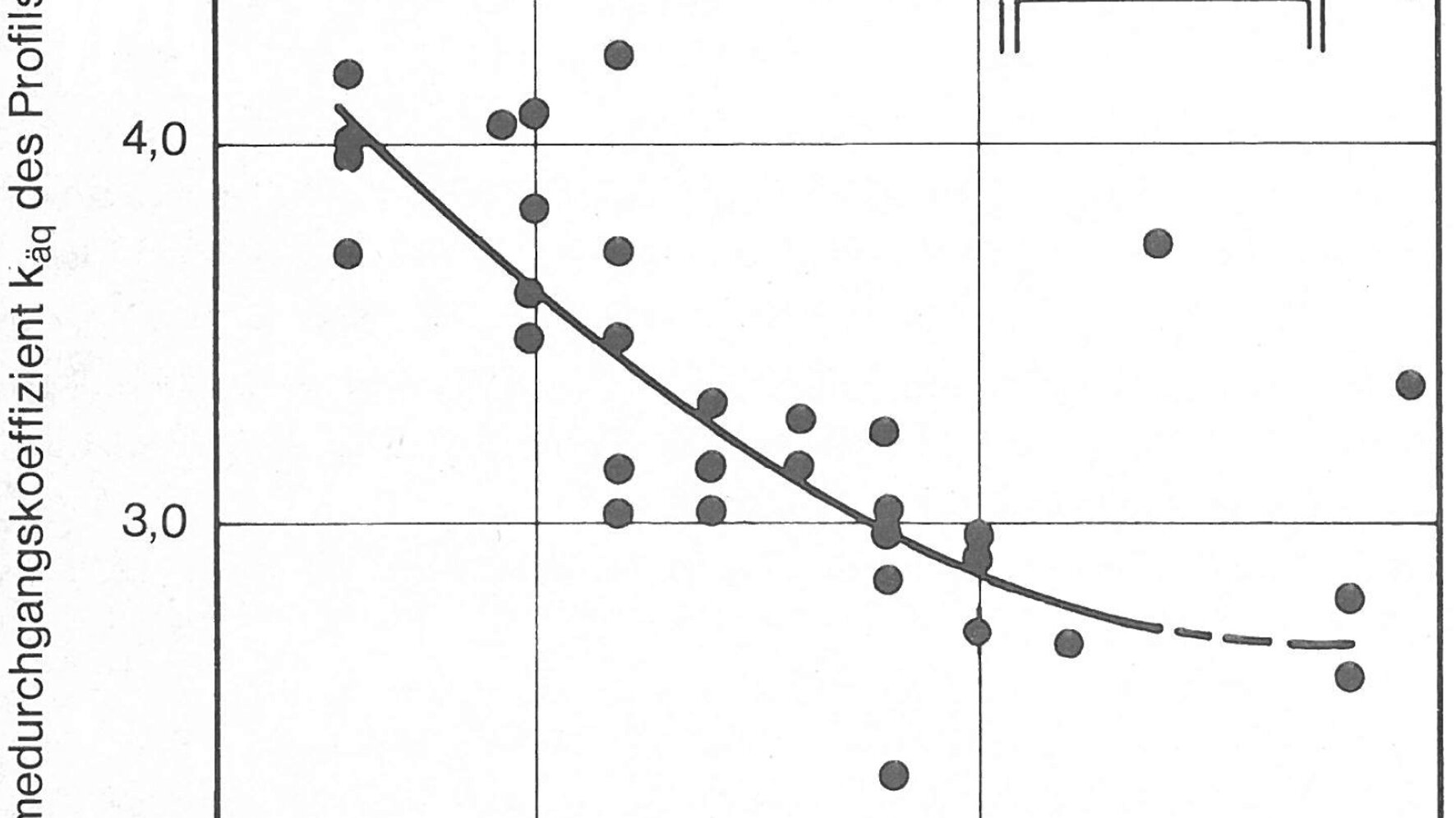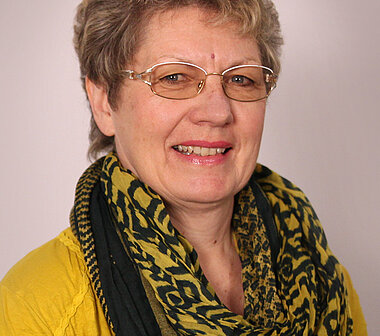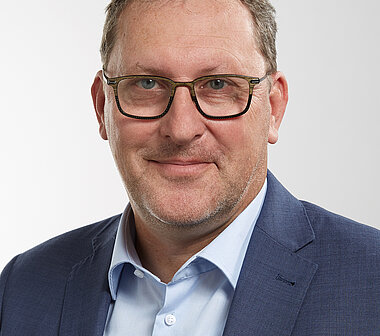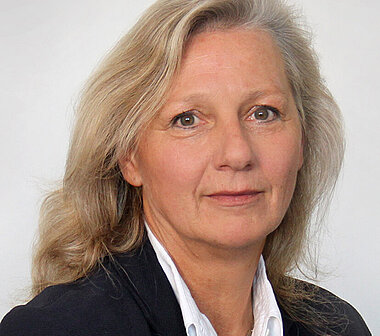Reading time: 1 minute
In 2016, the Insitut für Fenstertechnik e.V. (ift Rosenheim) is celebrating its 50th anniversary. According to the motto ‘ift Rosenheim - 50 years of service to the industry’, the technical development is presented in a ten-part series of articles. The individual articles are reflecting timeframes of 5 years from founding of the institute. They enable a short glance at the events at that time, take up as a key aspect a pioneering research project at that time, summarize goals, contents as well as results, then illustrate the further development as well as the impact thereof on the industry, and the current state of the art.
Thermally insulated aluminium composite profiles
Situation in the mid ‘70s
In 1977, the energy crisis led to publications of the first Thermal Insulation Regulation. For metal window profiles began a critical phase. Until then, single glazing and metal profile were “thermally balanced”, i.e. from today’s point of view both equally bad. However, with the decrease of the single glazing, the continuous metal profile the remaining vulnerability. A thermal barrier for the reduction of the thermal bridge effect (Fig. 1) was realized as a range of constructive solutions.
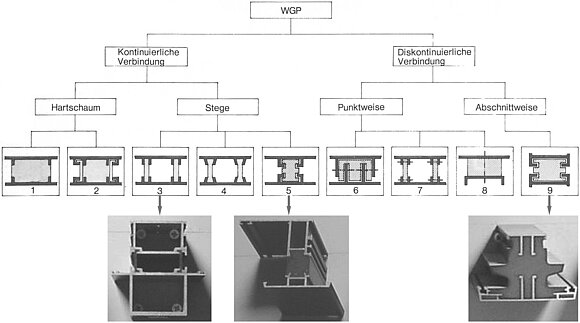
The market share remained due to the high expenses relatively small. That changed due to the energy crisis fundamentally. The not separated metal profiles could not comply the required k-value (today U-value).
From the beginning, ift Rosenheim accompanied the development of thermally insulated profiles with experimental and theoretical work. The thermal issues as well as the mechanical resistance had to be included.
Thermal Protection and Structural Design in Research
The research work of ift Rosenheim regarding the thermal performance of the profiles concentrated at the beginning on the determination of the internal surface temperature. The constructions should avoid that possible condensation appears on the profile at first. Parameters are needed to describe the thermal effectiveness of the thermal break more directly.
Further, the generally accepted basics for the assessment of the mechanical load of the compound were missing. ift Rosenheim was assigned by a group of producers to generate appropriate documents. Testing possibilities as well as calculative assessments were necessary to provide the verifications required in the regulations with reasonable outlay.
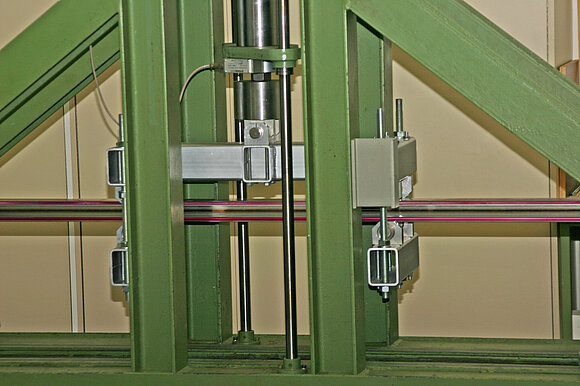
Results of research projects
The first examinations of thermally insulated metal profile with thermal barrier focused on the thermal protection of the constructions. Major influences on the thermal transmittance kR (today Uf) of the frames come [3] from:
- the distance of the metal shells
- the material of the insulation zone
- the width of the insulation zone
- the projected width of the profile
The performance at mechanical and/or temperature effects is described in the 1979 published ift-research report “Examination of the mechanical performance of thermally insulated aluminium composite profiles” [5]. The evidence of the stability and usability of the profiles was not made by elasticity theory, but with the elastic compound of single profiles. A newly built test installation for bending test at profiles with spans of 3,100 mm at a maximum test load of 100 kN (Fig. 2) enabled the determination of the necessary parameters.
It has been demonstrated that the necessary deformation and stress analysis at the moment action are possible considering the theory of the elastic compound connection. Various suggestions have been compiled in futher projects. System-related as well as profile-related criteria have been of influence.
The Establishment of Metal-Plastic-Composite profiles in Civil Engineering
The rolled up/knurled connection of aluminium claddings and webs has particularly dominated at the construction methods (Fig. 1). The following material is used for webs:
- PVC (polyvinyl chloride)
No longer current, was replaced by PA; - PA 6.6 25 GF, poliamide 6.6 with 25 % glass fibre content,
Widest distribution, known; can be used as B2 (normal flammability) according to DIN 4102 at thicknesses ≥ 1 mm; - PPO+PA (also PPE+PA) polyphenylene oxide-poliamide-blend (polyphenylene ether)
Increasingly in use, needs the verifications according to EN 14024 and the flammability according to DIN 4102 B2 or EN 13501-1 E in the most unfavorable geometry; - ABS (acrylonitrile butadiene styrene)
Not hightemperature resistant, needs the verifications according to EN 14024 and the flammability according to DIN 4102 B2 or EN 13501-1 E in the most unfavorable geometry;
Substantially static specifications of the semi-finished products designated as metal-plastic-composite profiles are stability (also at sub-zero temperatures and temperatures up to 80°C), the supporting effect of the compound connection and a resulting low deflection.
The stability is legally consolidated. This was integrated in the Building Regulation List in 1997 on the basis of the DIBt-Guideline for the evidence of stability of metal profiles with thermal barrier [10]. The verification was effected by a national technical test certificate, the certificate of compliance by a declaration of compliance of the manfuacturer (ÜH). During testing, shear load and transverse load at different temperature conditions will be simulated. As the proof of the stability makes only sense for main supporting structures, sash profiles must not be proved according to German law, only mullion and transom for facade parts > 9 m².
The optimisation of the compound effect of the profile parts (Fig. 3) can be used for smaller projected width and low application at aluminum.

(a) ideal rigid compound
(b) elastic compound
(c) loose compound regarding shear load

left: dissolved profile bar with chambers
center: dissolved profile bar with insulating material filling
right: cavity divided by bars
At deflection, the maximum permissible deflection values have to be adhered to:
- by insulating glass units: Deflection ≤ 15 mm in the area of the edge seals, according to DIN 18008-2,
- for facades according to EN 13830, Section 4: Limitation of deflection l/200, and/or 15 mm,
- indirectly by the required tightness of the window and facade constructions.
This proof and assessment system enables simple handling with metal-plastic composite profiles. Especially at large glass dimensions (project business), an good enough Uw-value was achievable despite still not exellent Uf-values. Incentives for the amendment of the thermal barrier were created with the Energy Saving Regulations and the approach on the standards of passive houses as well as the EN 10077 as replacement for DIN 4108-4. In the 1990s, an aluminium window (standard size 1.23 x 1.48 m²) would have had an Uw-value of 2.2 W/(m²·K); however, with current profile technology a value of 1.3 W/(m²·K) would apply (with each the same Ug-value of 1.1 W/(m²·K)).
Metal Profiles with Thermal Barrier Today
As the bars are getting thinner and material with lower thermal conductivity values are used, questions regarding the mechanics have to be put anew with the thermal optimisation.
Stability
Security related size is the transverse tensile capacity of the compound connection, hence the force which can be taken vertically to the profile level. If the resistance of the profile compound is exceeded due to the influence of large wind actions, the thermal break can fail and the glazing can not be held. Therefore, the legislators demand a minimum value of > 20 N/mm profile length as limiting value. This applies also for medium temperature up to 80 °C. For the first time, this was formulated in the guideline [10] of the Institut für Bautechnik (IfBt, today DIBt), based on the ift-research project [5].
Serviceability
The plastic bars are under constant pressure by the glazing pressure and the external load of temperature and negative wind pressure. If the plastic “creeps” during this continuous load, the glazing gasket can be leaking. The Guideline [10] considers this with its demand Dh £ 1 mm after influence of continuous load.
Similar demands arose at the same time in France with the UEAtc-Guideline [11]. The European standard EN 14024 [12] was published in 2005 with combination of the national demands.
The quality assurance is regulated by the German Building Regulation List for Ü marking on basis of testing and factory production control of the compound as well as the demands of the Quality Assurance Association: Windows and Doors in RAL-GZ 695 [13]
Summary
The current level of metal profiles with thermal barrier enables the observance of the demands of Energy Saving Regulations. The bases of metal profiles with thermal barrier are more current than ever as separated profiles are still not used in many regions of the world, especially in the dynamically growing Asian market. Rising demands for energy efficiency, security and thermal comfort lead to the development of new profiles.
Of course, small improvements of the conductivity can be achieved in the hundredth range at the profiles. However, at similar optimisation processes at the edge-sealing of glass has shown that these efforts can effect the overall system negatively when executed unsatisfactory. Therefore, at metal profiles with thermal barrier should each modification also be reconsider thoroughly to fulfill the specifications of stability und usability.
Literature
- 25 years Institut für Fenstertechnik e.V.; An overview.
Institut für Fenstertechnik e.V., Rosenheim 1991 - Hartmann, H.; Schmid, J.:
Examination of the consequence of geometry of profiles and insulating materials on ifference in temperature behaviour of thermally insulated aluminium profiles with thermal break for windows and facades.
Research report of Institut für Fenstertechnik e.V., Rosenheim 1975 - Hartmann, H.; Heinrich, R.;:
Thermal transmittance k of windows
Research report of Institut für Fenstertechnik e.V., Rosenheim 1978 - Schmid, J.; Stiell, W.:
Ageing of aluminium windows.
Research report of Institut für Fenstertechnik e.V., Rosenheim 1979 - Heinrich, R.; Schmid, J.; Stiell, W.:
Examination of the mechanical performance of thermally insulated aluminium composite profiles.
Research report of Institut für Fenstertechnik e.V., Rosenheim 1979 - Heinrich, R.; Schmid, J.; Stiell, W.:
Contribution to structural design of thermally insulated aluminium composite profiles.
Windows and Facades 1/80 (7th volume), Rosenheim 1980 - Einfeldt, T.; Feldmeier, F.; Heinrich, R.; Schmid, J.; Stiell, W.:
Examination of the ageing behaviour of thermally insulated aluminium composite profiles.
Research report of Institut für Fenstertechnik e.V., Rosenheim 1984 - Feldmeier, F.; Schmid, J.:
Structural verifications at metal profiles with thermal barrier.
Windows and Facades 2/87 (14th volume), Rosenheim 1987 - Froelich, H.:
Technical trends and developments at aluminium window and facade engineering;
Building physics - Statics - Practical example.
Aluminium Window News, Number 21, November 1997 - Guideline for the evidence of stability of metal profiles with thermal barrier (08/1986).
IfBt-Report N° 6/1986 (17th volume) - UEAtc-Guideline:
Windows made of metal profiles with improved thermal characteristics.
BAM, Berlin, March 1989 - DIN EN 14024: 2005-01:
Metal profiles with thermal barrier – Mechanical performance – Requirements, proof and tests for assessment.
Beuth Verlag, Berlin - Quality control RAL-GZ 695,
Windows, facades, entrance doors and conservatories.
RAL, Stankt Augustin 2010
